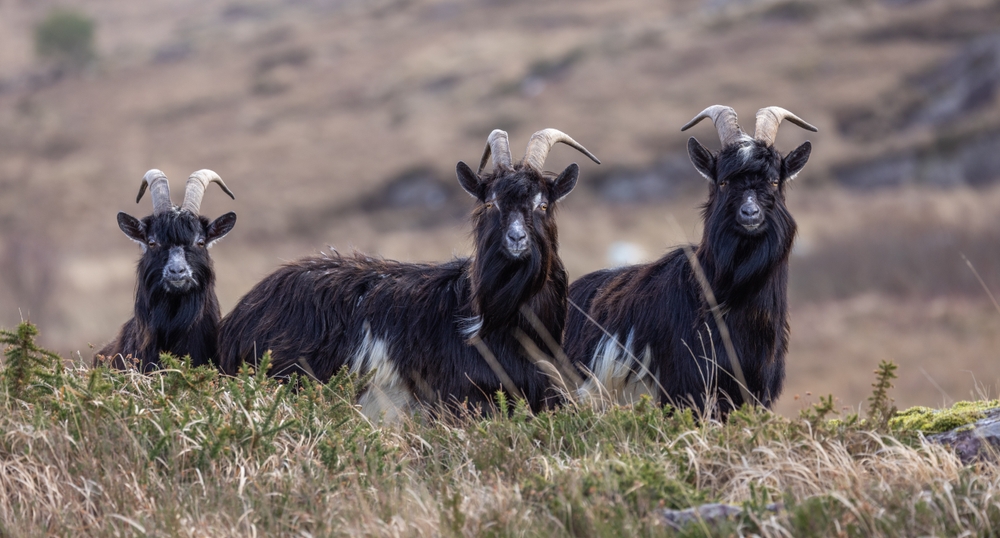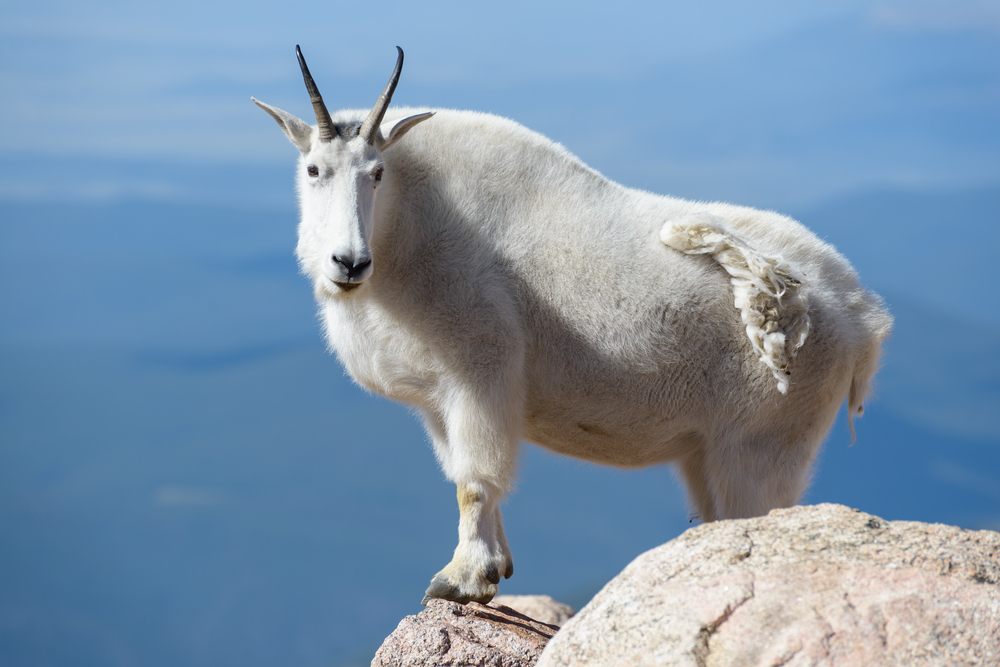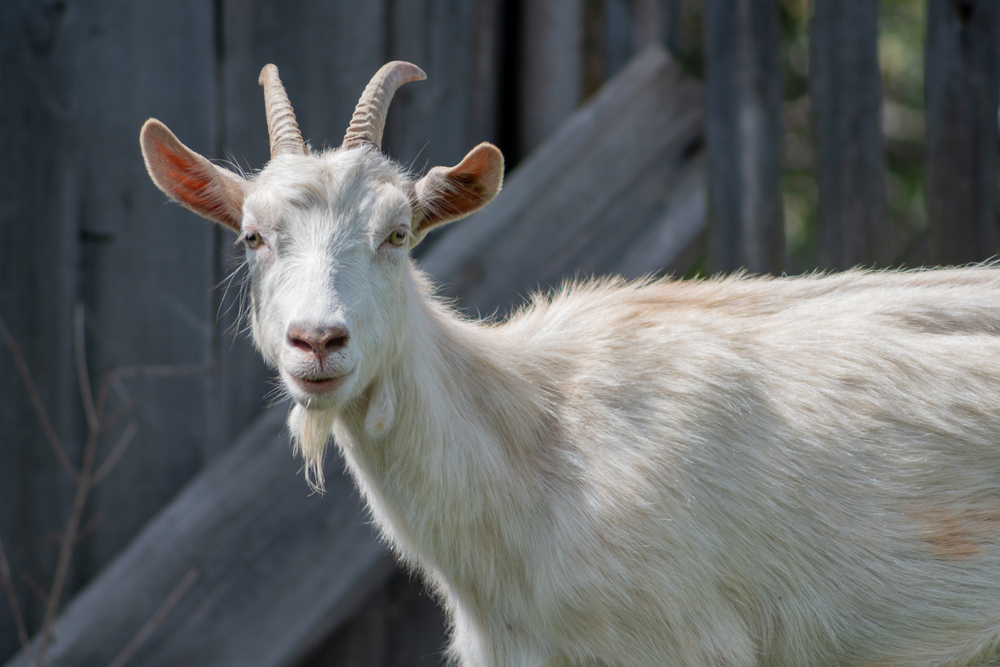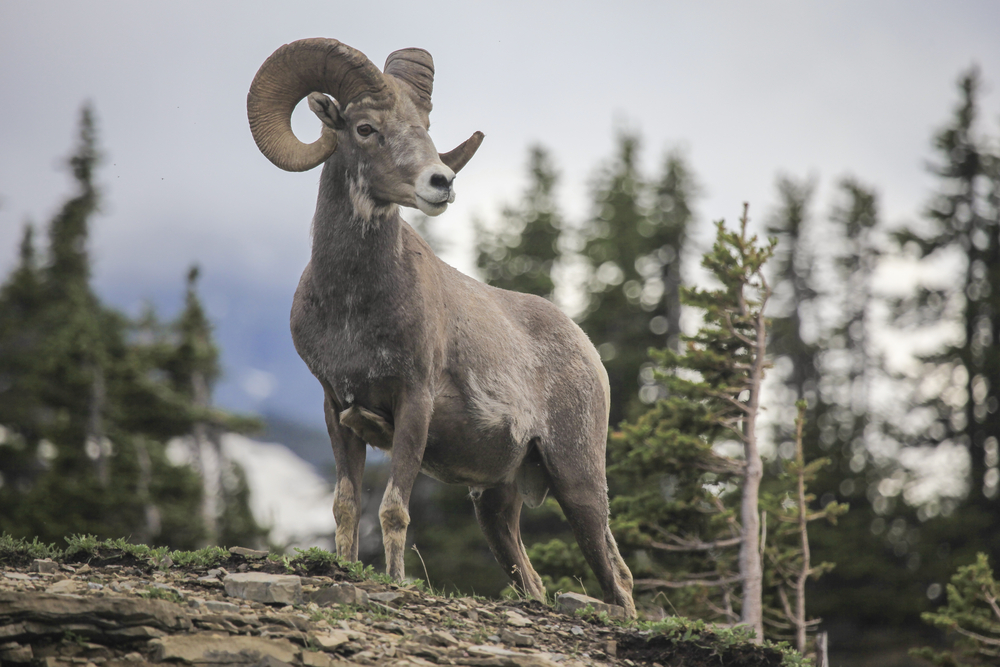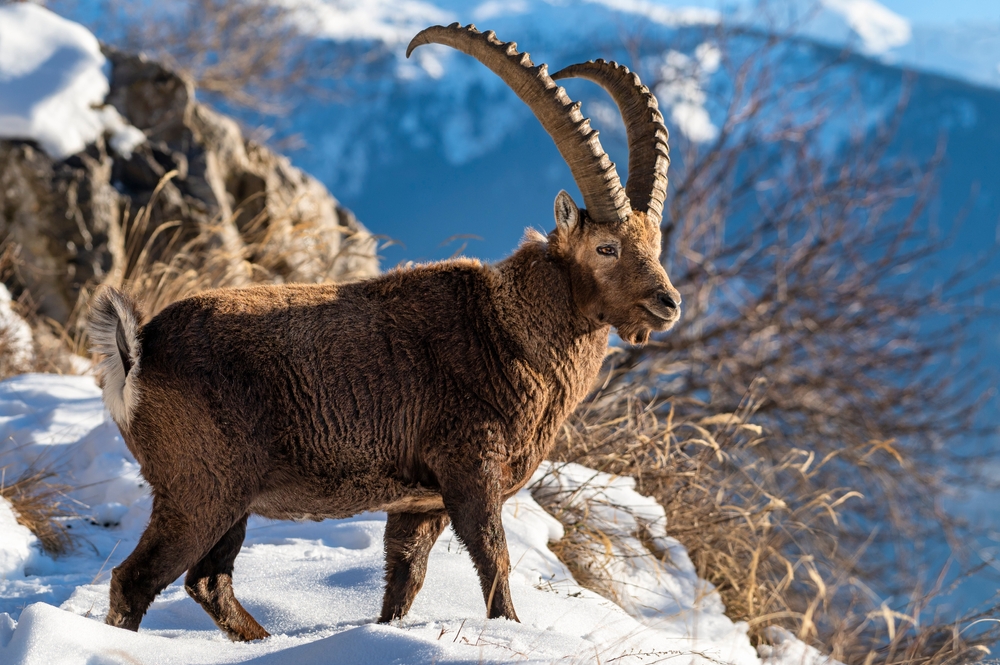In the Wild (Feral Conditions):
Feral goats typically live 8 to 12 years, though many do not reach this maximum due to predation, disease, accidents, or harsh environmental conditions.
In Predator-Free Island Habitats:
Without predators and with adequate forage, some feral goats may live 12 to 15 years, though tooth wear from coarse vegetation can still limit lifespan.
Threats to Longevity:
-
Predation: Vulnerable to predators such as wolves, dingoes, coyotes, feral dogs, and large cats; kids are especially at risk.
-
Forage Scarcity: Overgrazing, drought, and seasonal shortages can lead to malnutrition.
-
Disease & Parasites: Susceptible to internal parasites (worms, flukes), footrot, and contagious caprine diseases.
-
Environmental Hazards: Falls from steep terrain, floods, and storms can cause mortality in rugged habitats.
-
Human Control Measures: Hunting, trapping, and culling are common in regions where feral goats are considered invasive.
Feral goats’ adaptability and resilience allow them to survive in challenging environments, but natural and human pressures often limit their lifespan compared to well-managed domestic goats.



































































